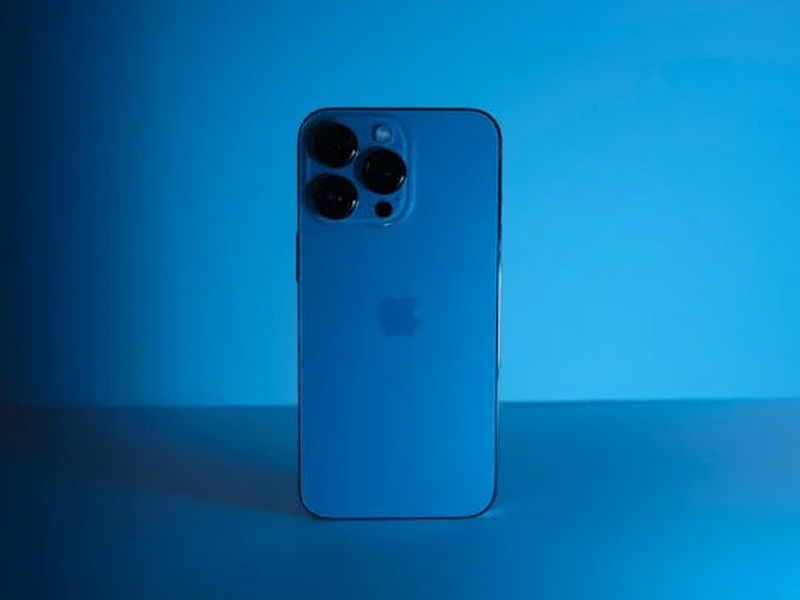
More than two years after foraying into the LED television segment, Micromax, which is still mainly known for its smartphones, has launched a new 50-inch Full-HD model. The highlight of the TV is its affordable price. At Rs.39, 990, the TV is almost Rs 20,000 cheaper than comparable models from brands like LG and Samsung.
Micromax 50B5000FHD LED TV will not really turn heads when it comes to looks but it’s not unpleasant to look at. It features a rather utilitarian angular design devoid of curves. The bezels are not very wide which a good thing is, and sport a brushed textured finish which is a little rough. The buttons for power, volume control, channel and source (input) tucked under the bottom edge, look and feel very plasticky and lack refinement. Having said that, these offer good tactile feedback.
The slim panel gets thick at the back due to the speakers and other circuitry. The audio out ports, a USB port, 2 HDMI ports and a VGA port are placed at the back panel towards the bottom while the AV (RCA) and Component out ports, the coaxial port and another USB port is at the left side at the rear along with the headphone and mini AV out jacks. The placement of the ports is convenient for wall mounting though if you’re keeping the TV on its stand, it’s a little cumbersome to reach.
The set includes a no-frills metal stand that can be easily screwed in with the base and also supports a wall mount though the mount is not offered as a part of the set.
The remote control also sports the brushed finish but looks downright cheap and unpleasant to use. The buttons on the remote remind you that you get what you pay for.
Micromax 50B5000FHD LED sports a Full-HD (1920 x 1080p) Zero Dot LED Panel with 16.7 million colors. It has a dynamic contrast ratio of 5000000:1 and supports SRS surround sound system with two 1oWatt speaker outlets.
Micromax says its LED TV has ultra-low power consumption with typical usage power consumption being 95 Watts and standby consumption less than 1 Watt.
The TV does not offer smart features or internet connectivity, but supports audio and video playback via USB flash and external hard disk drives. It supports most popular audio and video formats in addition to still images. It can be connected with external speakers via an analog cable but there’s no digital audio out support.
If you consider the price to panel ratio, the Micromax 50-incher delivers great value for money. It’s not a top-of-the-line product so comparing it with TVs that cost double its price would be a little unfair.
Having said that, it offers excellent viewing angles, decent black levels and above average contrast levels. It didn’t perform very well in some of the Lagom tests (at native resolution through a MacBook Air connected via HDMI) including tests for sharpness and the colour temperature was more towards the colder side. However, tweaking the settings would help you resolve these issues to some extent. The sound output via the speakers was loud but there was some distortion at higher volume levels. You can connect a conventional home theatre to get a powerful sound.
If you’re looking for a big screen LED TV but don’t want to shell out a large sum and are not very finicky about details, we have no qualms in recommending the Micromax 50B5000FHD LED TV. This TV is available on some online retailers for as low as Rs 35,000 and comes with one year warranty cover.
http://timesofindia.indiatimes.com/tech/reviews/Micromax-50B5000FHD-50-inch-LED-TV-review/articleshow/46475525.cms
 More than two years after foraying into the LED television segment, Micromax, which is still mainly known for its smartphones, has launched a new 50-inch Full-HD model. The highlight of the TV is its affordable price. At Rs.39, 990, the TV is almost Rs 20,000 cheaper than comparable models from brands like LG and Samsung.
More than two years after foraying into the LED television segment, Micromax, which is still mainly known for its smartphones, has launched a new 50-inch Full-HD model. The highlight of the TV is its affordable price. At Rs.39, 990, the TV is almost Rs 20,000 cheaper than comparable models from brands like LG and Samsung.



Gatherings Just Got Easier: WhatsApp Communities Now Have Built-In Event Planning
iPhone Repair Just Got Easier: No More Disabling Find My Before Service
Tech for a Greener You: Apps to Empower Your Sustainable Lifestyle
Tesla’s Robotaxi: A Driverless Future on the Autobahn (or Freeway)?